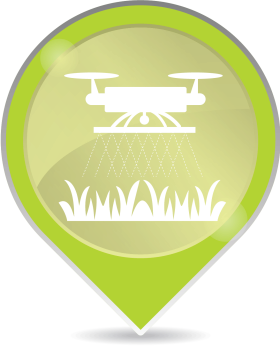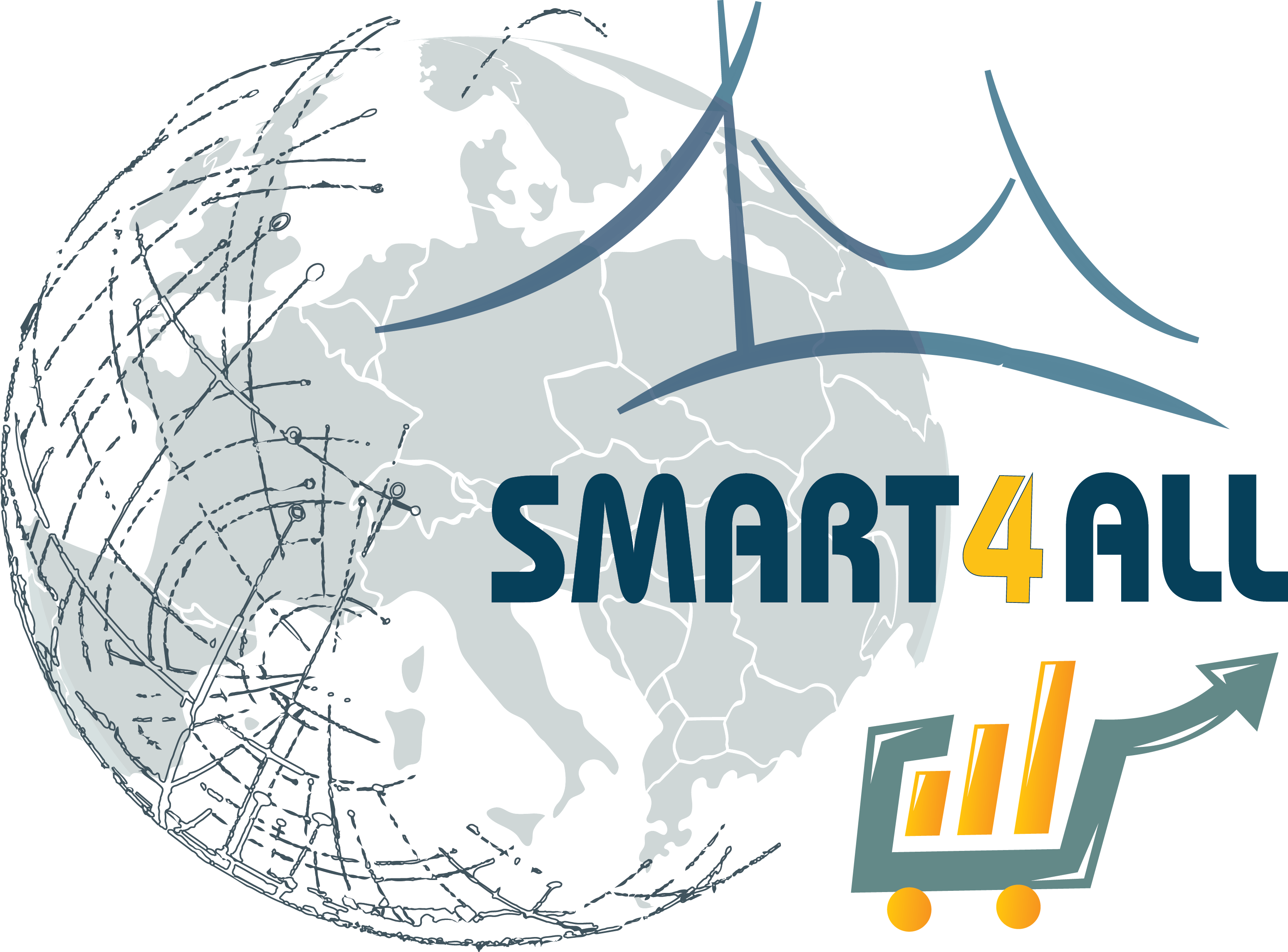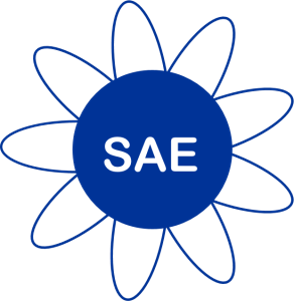AgriAdapt
 Digitized Agriculture
Digitized Agriculture
AgriAdapt introduces a novel dynamic resource-efficient machine learning technology to the domain of unmanned aerial vehicle (UAV)-based precision agriculture. Within this project, the University of Ljubljana (UL) transfers its context-aware neural network adaptation framework to Geo-K to be used for on-UAV weed recognition from aerial images. The UL’s framework allows dynamic slimming of the neural network so that the memory and computational burden of the network adapts to the problem at hand. This translates to energy savings, as the amount of computation on the UAV is reduced in real-time with negligible loss of inference accuracy.
AgriAdapt brings a competitive advantage to Geo-K who will provide precision agriculture solutions using cheaper UAVs without hurting the UAV flight duration. To the University of Ljubljana, the project enables technology validation that will be leveraged for future commercialization of the framework.

Our specific objectives include the following:
- O1. Applying UL’s context-aware SNN framework to the problem of weed detection from aerial images
- O2. Deploying the solution on Geo-K’s UAV platform for real-time aerial weed identification
- O3. Evaluating the solution in real-world Geo-K-provided services
- O4. Conducting a market opportunity study and drafting commercialization strategies
- Weeds are amongst the most impacting abiotic factors causing up to 40% yield loss in all major crops, leading to more than $100 billion USD annual global economic loss.
- Most existing enterprise UAV solutions for crop monitoring rely on expensive drones, resulting in a starting budget of about $10.000 USD.
- Most existing commercial solutions perform UAV image acquisition followed by the analysis and weed identification, while only a small number of solutions perform on-device weed detection
- The biggest technical challenges for one-device weed detection are the limited processing capabilities and battery charge of UAVs. DNN models require substantial resources that prevent the use of on-device DNN models on anything but the most powerful (and expensive) UAV models.
- AgriAdapt is based on a context-adaptive deep neural network (DNN) compression mechanism that leads to reduced resource usage for onboard weed recognition.
- AgriAdapt enables the use of low-cost UAVs for weed management, making such technologies more attractive and affordable for small-medium.
- AgriAdapt introduces an innovative computer vision DL model that can be "slimmed" at runtime according to the “difficulty” of the input, thus leading to less computations, and less energy used.
- Such dynamic context-based approximation solutions for DNNs are rare and completely missing in UAV-based agriculture
- The target market for AgriAdapt are predominantly small and medium-sized farms, which can benefit from energy-efficient Site-Specific Weed Management that this project enables.
- AgriAdapt enables commercial UAV cameras and sensors to discern in real-time specific weeds and to precisely monitor large areas. The last point is crucial to bring affordable solutions to small farmers.
- AgriAdapt exploits commercial and cheaper UAV systems with RGB cameras for providing ready-to-use information, cutting the starting budget up to 70%.
- griAdapt increases mechanical methods' effectiveness and reduces herbicide spread, and thus incurs lower production costs and contains the environmental impact.
- AHaving an approach built around energy efficiency, this project will contribute to the sustainability of future agricultural production systems.



